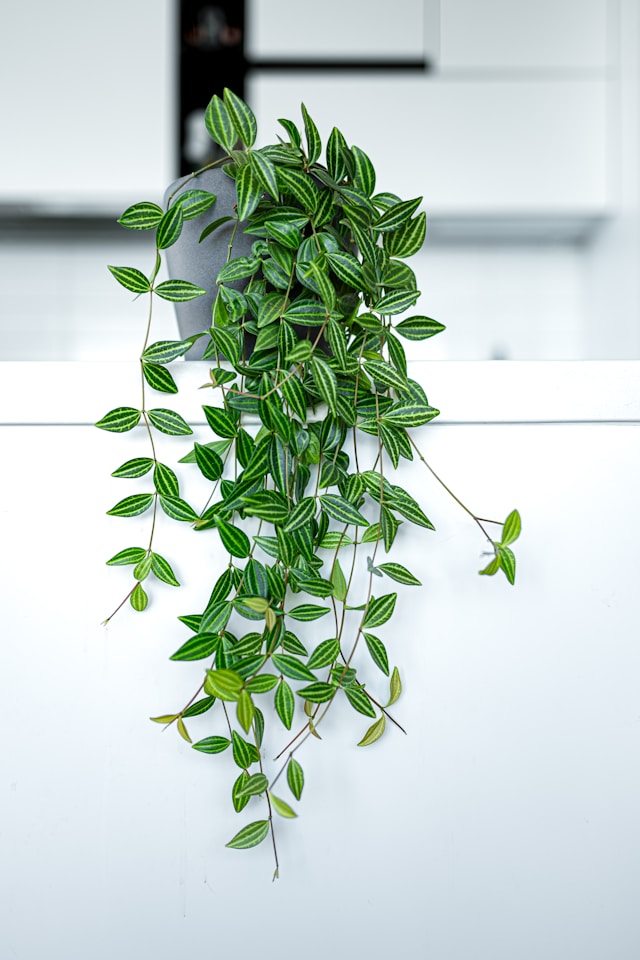
Creating an indoor garden is a great way to bring nature into your home and enjoy fresh vegetables year-round. However, if your plants start looking pale, leggy, or sluggish in growth, they may not be getting enough light. In that case, you might start to wonder whether an LED grow light could help. Check this guide to understand do you actually need them.
What Are LED Grow Lights
LED grow lights are energy-efficient lighting systems specially designed to support plant growth indoors. Unlike regular bulbs, they emit the specific light wavelengths that plants rely on most—primarily blue light for leaf growth and red light for flowering and fruiting.
Modern LED grow lights are lightweight, long-lasting, and produce very little heat, which makes them both safe and practical for home use. They’re available in a wide range of styles and sizes, from compact desk lamps that fit neatly beside a pot of herbs to full-spectrum panels that can light up an entire indoor vegetable garden.
Signs Your Indoor Garden Might Need a Grow Light
Not every indoor garden requires artificial lighting, but many indoor environments don’t provide enough consistent light for plants to thrive all year round. Here are some key signs your plants might need extra brightness from an LED grow light.
- Slow or Weak Growth
If your plants have stopped growing or are developing smaller, thinner leaves, insufficient light may be the reason. You might notice stems stretching or leaning toward windows—this “leggy” growth is a clear sign your plants are searching for more light. Adding a grow light can help them grow fuller and stronger.
- Yellowing or Pale Leaves
When plants don’t receive enough light, they produce less chlorophyll, the pigment responsible for their green color. As a result, leaves can turn pale green or yellow, especially on the lower parts of the plant. A steady light source helps maintain rich, vibrant foliage.
- Sparse or Dropping Foliage
If your once-lush plants start losing leaves or look sparse and bare, lack of light could be the culprit. Plants naturally shed leaves they can’t support with available energy, so thinning foliage often indicates they’re struggling to photosynthesize effectively.
- Lack of Flowering or Fruiting
Flowering and fruiting plants, including many herbs and vegetables, need strong, consistent light to produce blooms or edible growth. If your indoor tomatoes, peppers, or basil plants aren’t flowering or fruiting as expected, it’s likely they’re not getting enough light to sustain that process.
Benefits of LED Grow Lights
LED grow lights offer several advantages that make them a top choice for indoor gardeners of all experience levels.
- Energy-Efficient
LED grow lights consume far less electricity than fluorescent or HID lights, helping you save on energy bills while keeping your plants happy. They convert most of their energy into usable light rather than heat, making them both efficient and eco-friendly.
- Low Heat Output
Unlike traditional grow lights, LEDs stay cool even after hours of use. This means you can place them closer to your plants without risking leaf burn or excessive soil drying. Low heat also helps maintain a stable indoor environment.
- Long Lifespan
Quality LED grow lights can last up to 50,000 hours or more, providing years of reliable use. That longevity makes them a cost-effective investment, reducing the need for frequent replacements.
- Customizable Light
LED technology allows you to tailor your lighting setup to your plants’ needs. You can adjust the light spectrum, brightness, and coverage area to match different stages of growth or plant varieties, creating a highly efficient and flexible indoor gardening system.
Final Thoughts
Your indoor garden’s light needs depend on the plants you grow and the conditions of your home. While many houseplants can survive on natural light alone, LED grow lights ensure consistent brightness and healthy growth, especially through darker months or in spaces with limited sunlight.
© Copyright 2025 Antonia, All rights Reserved. Written For: Tidylife


Leave a Reply